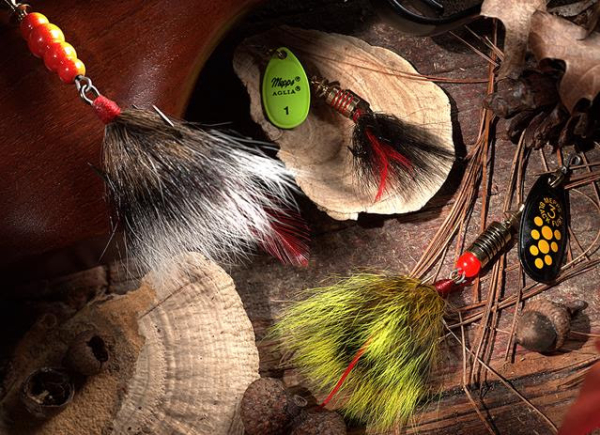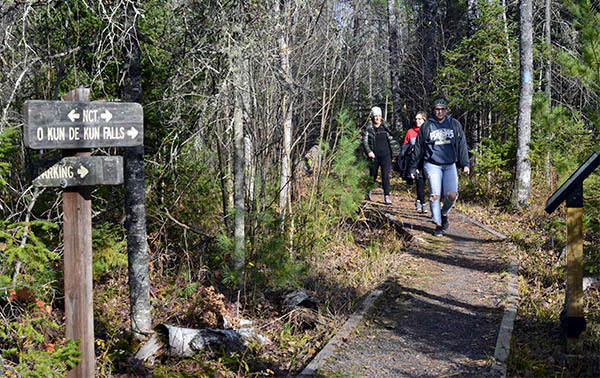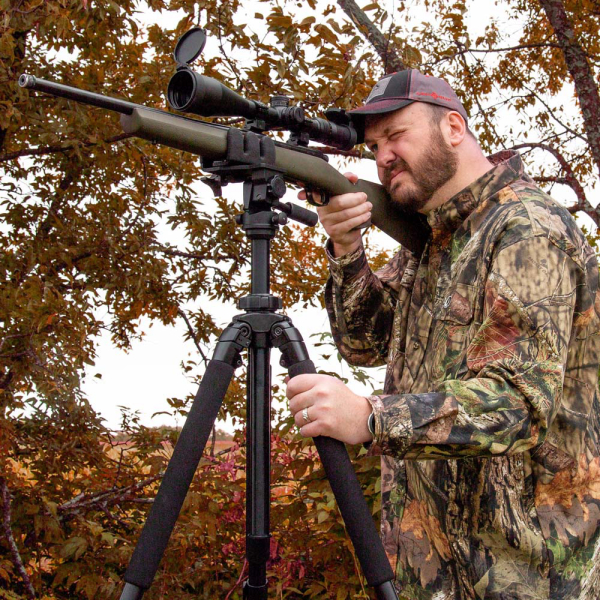By Glen Wunderlich
Sitting in a treestand last week, as the sun began its daily disappearing act, I couldn’t help but think how deer hunting has changed over the past 50 years. Never have the opportunities for successful hunts been better. We have far more deer and far more means to take home some nourishing venison and here are just some of the reasons.
* We now have more deer seasons than ever before beginning in September and running through December.
* The practice of Quality Deer Management has had a dramatic effect on the ability of deer to grow larger and healthier. Recent statistics show that the take of older deer has increased – a true testament to the popular approach.
* The internet and Google Earth were yet to be invented. Years ago, if a hunter did not scout an area before heading afield, luck had more to do with success than anything else. Today, not only do we have satellite views of the land, but we can share information more readily with text, pictures and videos.
* Trail cameras did not exist – and, when they hit the scene, we had to get the film developed to see what we had been missing. Today, not only can we view photos and videos from our relatively inexpensive trail cams, if we have cell phone service in an area, we can view live action – all from the comfort of our homes or offices.
* Crossbows have exploded onto the archery scene and for good reason: They are simple and effective. Sure, traditionalists can still use their recurve bows, but many in the aging hunting community would have given up by now without the laws permitting crossbows.
* Firearms and ammunition are more refined and purpose-built. The time-tested .30-30 Winchester has taken a back seat to more effective choices. And, with the ability to use straight-wall cartridges in Michigan’s Zone III (the old shotgun zone), more effective choices are available across the state.
* Ammunition has been refined to include more aerodynamic bullets and cleaner burning powders. With concern about lead in the environment, copper bullets have become readily available in factory loads and are just as effective – if not more so – than lead.
* Optics are superior. A hunter can choose low-end glass that’s better than anything of yesteryear. Fancy reticles with built-in range compensating features, and even laser rangefinding technology, can take the guesswork out of longer shots – that is, if the operator can factor in the wind conditions.
* Portable blinds not only conceal hunters and their inevitable movements, but they can be warmed with modern propane heaters. And, those stinky, fuel-fired hand warmers have been replaced with throw-away chemical packages.
* ATVs are everywhere, and although their use is somewhat limited on state land, they’ve opened up areas that otherwise would be inaccessible. And, when it comes to transporting game in the field, they’ve taken the drag out of dragging.
One thing that hasn’t changed all that much over the years is the fact that hunters must still pay those dues afield. And when one chooses to do so, and that heart begins to pound relentlessly, it’s still deer hunting.















